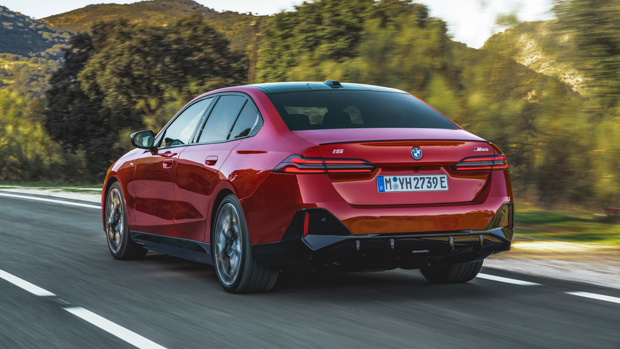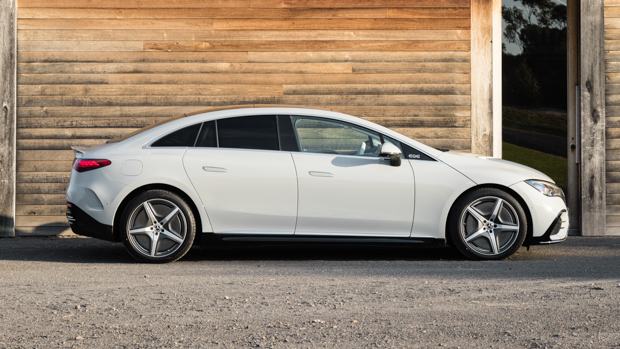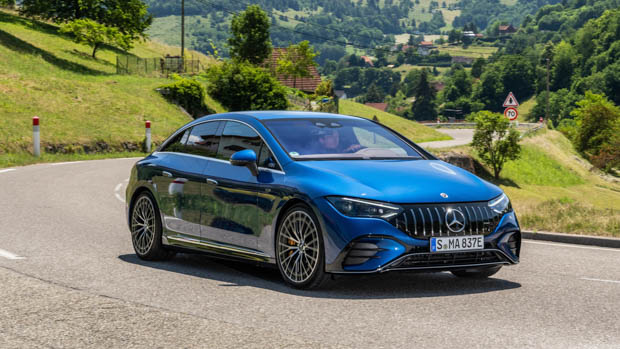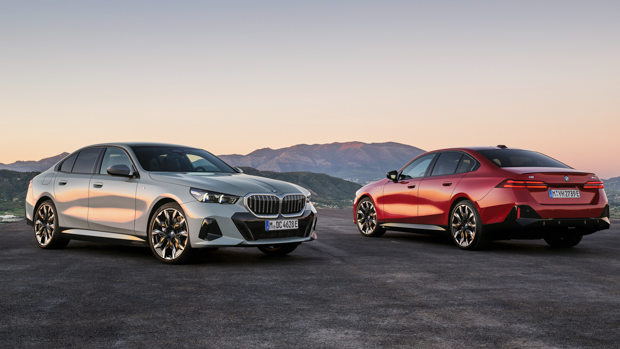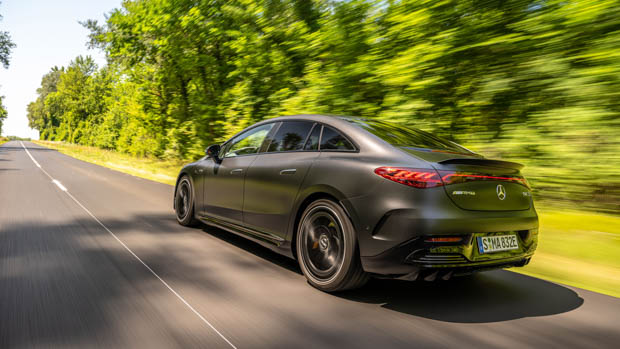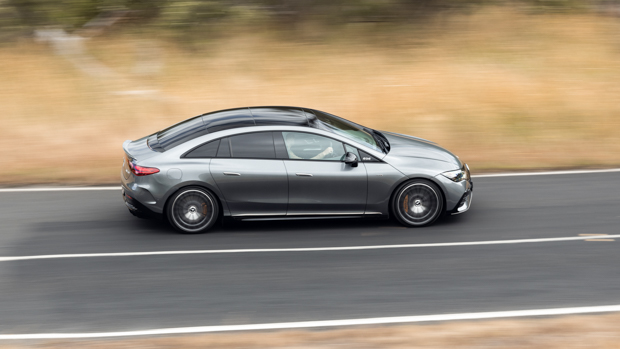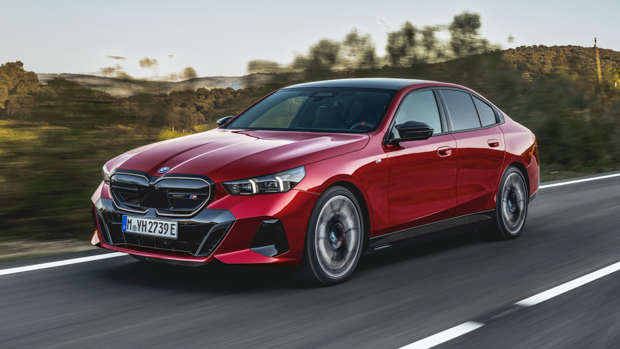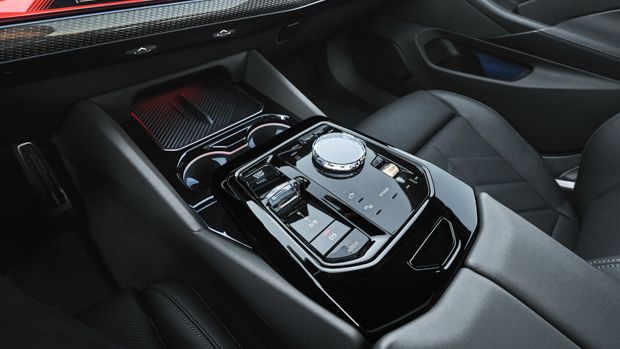-
Car Reviews
- Car News
-
Car Comparisons
Latest comparisons
- Chasing Deals
With the first fully-electric BMW 5 Series now revealed in full, we pit it against Mercedes-Benz’s EQE electric sedan to compare the two EV bahn-stormers
The era of fully electric sedans has well and truly begun – Tesla might have gone first with the venerable Model S despite it no longer being sold in Australia, but the ‘legacy’ manufacturers are now throwing their weight behind full EVs, including in the traditional luxury sedan segment.
Buyers seeking comfortable and effortless performance but aren’t necessarily interested in a SUV now have alternatives options if electric motoring is what they’re after.
BMW Australia has confirmed that the first all-electric 5 Series – known as the i5 – will arrive locally in the fourth quarter of 2023 with two variants, so how does the model stack up against those cars already on sale in Australia?
While the new BMW i5 is likely to compete overseas with the Tesla Model S, let’s take a look at the Mercedes-Benz EQE as a core comparison point for Aussie buyers.
The Mercedes-Benz EQE range currently starts from $134,900 before on-road costs for the EQE300 entry model, but is priced as high as $214,900 before on-road costs for the flagship AMG EQE53 model.
While pricing for Australia has not been confirmed just yet for the new BMW 5 Series, including i5, German prices for the sedan are €57,550 (AUD$94,500) for a 520i and €70,200 (AUD$115,300)for the i5 eDrive40.
We can estimate by looking at current pricing of the BMW 5 Series in Australia – starting from $107,700 before on-road costs for a 520i – that the new electric i5 could cost around $130,000 before on-road costs for the entry-level eDrive40.
The Mercedes-Benz EQE300 comes with the following features as standard:
As standard, the BMW i5 will mirror in a lot of ways the same specifications as the entry petrol-driven 520i. Key features for the new model includes:
The i5 eDrive40 adds the following features:
The flagship i5 M60 xDrive includes:
The Mercedes-Benz EQE sedan is available in EQE300 and EQE350 4Matic guise. An AMG model, the EQE53 4Matic, is also available in Australia.
The entry-level EQE300 is fitted with a single electric motor that produces 180kW of power and 550Nm of torque. The EQE300 uses a 89kWh usable battery pack.
Stepping up to the EQE350 4Matic, owners will gain an extra electric motor and a slightly larger 90.5kWh usable battery pack. Power and torque outputs for this engine are 215kW/765Nm.
The flagship AMG performance variant, the EQE53 4Matic, also uses a dual-motor setup and the same 90.5kWh usable battery pack, but this time power and torque is turned right up to outputs of 460kW/950Nm.
The i5, meanwhile, will be available with two variants – eDrive40 and M60 xDrive.
The entry level eDrive40 will use a single, rear-mounted electric motor to produce 250kW/430Nm thanks to an 84kWh battery pack.
The M60 xDrive will use a dual-motor, all-wheel drive setup and will be capable of producing 442kW/820Nm. Battery capacity remains the same as the eDrive40 at 84kWh.
The Mercedes-Benz EQE300 will be able to travel 550km (WLTP), while the dual-motor EQE350 4Matic will have a slightly lower range of 507km (WLTP).
The flagship AMG EQE53 4Matic will have the lowest range of the lot, with 459km (WLTP) of range available.
BMW claims that its upcoming i5 electric sedan will be capable of hitting a range of 582km (WLTP) for the eDrive40, while the M60 xDrive variant will have a lower range of 516km (WLTP).
Latest news
About Chasing cars
Chasing Cars reviews are 100% independent.
Because we are powered by Budget Direct Insurance, we don’t receive advertising or sales revenue from car manufacturers.
We’re truly independent – giving you Australia’s best car reviews.
